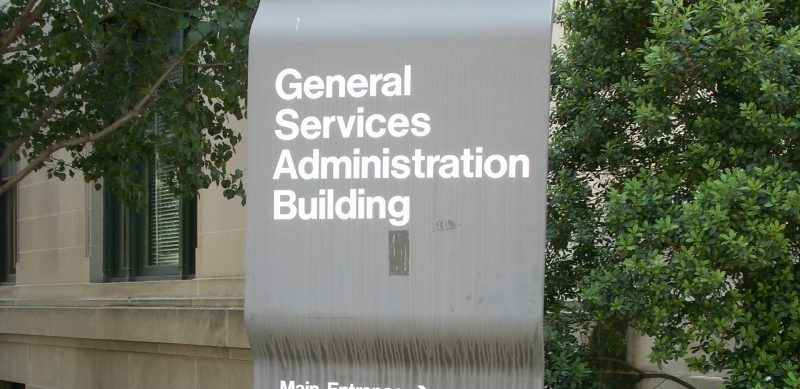As agency administrators roll out efforts like Centers of Excellence (CoEs) and initiatives related to the Technology Modernization Fund (TMF), it’s critical that Chief Information Officers (CIOs) and Chief Financial Officers (CFOs) have strong working relationships to maximize return-on-investment (ROI) while considering the technology crucial to catalyze changes.
CoEs are, according to the GSA website, “accelerating the modernization of IT infrastructure across government by leveraging private sector innovation and existing government services, and by centralizing best practices and expertise.” These Centers of Excellence are focused on cloud adoption; consolidating data centers; optimizing call centers; developing metrics dashboards; and helping stand up a new customer experience office.
CIO David Shive of the General Services Administration (GSA) said at the Association of Government Accountants (AGA) Financial Systems Summit that CoEs have led to a 17.8 percent savings on the IT budget. At the same time, employee satisfaction with use of technology was at 91 percent. “That is an unheard-of number in the IT realm,” Shive said. “We were getting better outcomes at much lower costs.”
The CoEs were created in response to those outcomes to show that success can be replicated at other agencies across the federal space.
In additions to initiatives like cloud migration that CoEs are designed to accelerate, GSA has also moved their financial systems out to a shared service and are six or seven standard deviations ahead of the federal average in terms of cloud adoption.
Shared service is one play that GSA has had significant success in. Payroll used to be done in 200 different agencies and has now been consolidated into five or six agencies; the next step is to consolidate that down to a couple of agencies and do it as a true shared service best practice across the federal enterprise.
The second iteration of CoEs involves taking the TMF investment, repaying the funds so that others can use it, and turning those back out into service areas to help other agencies, according to Shive.
Shive pointed out that technology goes beyond just the product; it’s also about the business value that the tech affords. Thus, the technology and business departments of an agency should work closely to make sure that there is overlap in their priorities, starting with establishing a working relationship between the CIO and CFO.
Shive and his CFO find plenty of opportunities to talk about where they align or don’t align. In terms of decision-making at the GSA, the administrator and the deputy administrator are clear that most of the responsibility lies with the CFO and CIO. They sit on investment review boards and assess ROI together to see if they’re getting good outcomes. One important thing that Shive highlighted was that they both view themselves as business executives, with the expectation that they will place the business of GSA at the forefront of their operations. This is the model that is commonly followed in the private sector.
“We work very closely together formally and informally,” Shive said. “We’re very intentional about this. IT is profoundly complex, but I’ve found that if my IT people know the basic blocking and tackling tenants of finance, of budget formulation, budget execution, financial management, financial operations, we’re better technologists because of that.”
The goal is a modern, good, solid business that can be automated across an agency.
Shive also brought up the best way to go about implementing emerging technology. There are generally accepted accounting principles that are present in the financial process of the federal government as a whole. The second tier that builds on the foundational principles includes attempts to refine the process. Over time, iterative changes have created technical debt.
“The weight of that process is so heavy on the federal government, and when you look at the systems, they’re reflective of this massive bloat,” Shive said. “What do we do to change that? If you architect solutions based on the most complex piece, you’ll get wildly expensive solutions.”
Instead of architecting complex solutions, Shive advised building on accepted accounting principles and ruthlessly building with the context of modern IT in mind. According to Shive, this is the best solution to the challenge of cost-effective solutions that the federal community faces.
“Technology is really not the issue, the challenge,” Shive said. “The challenge is taking all of these missions and finding a technological solution that is easy to implement. You have to stick to a plan and communicate in seven different ways through seven different channels. The other component is trust, or transparency and delivering. Trust occurs when you deliver what you say you will.”





Leave a Reply
You must be logged in to post a comment.